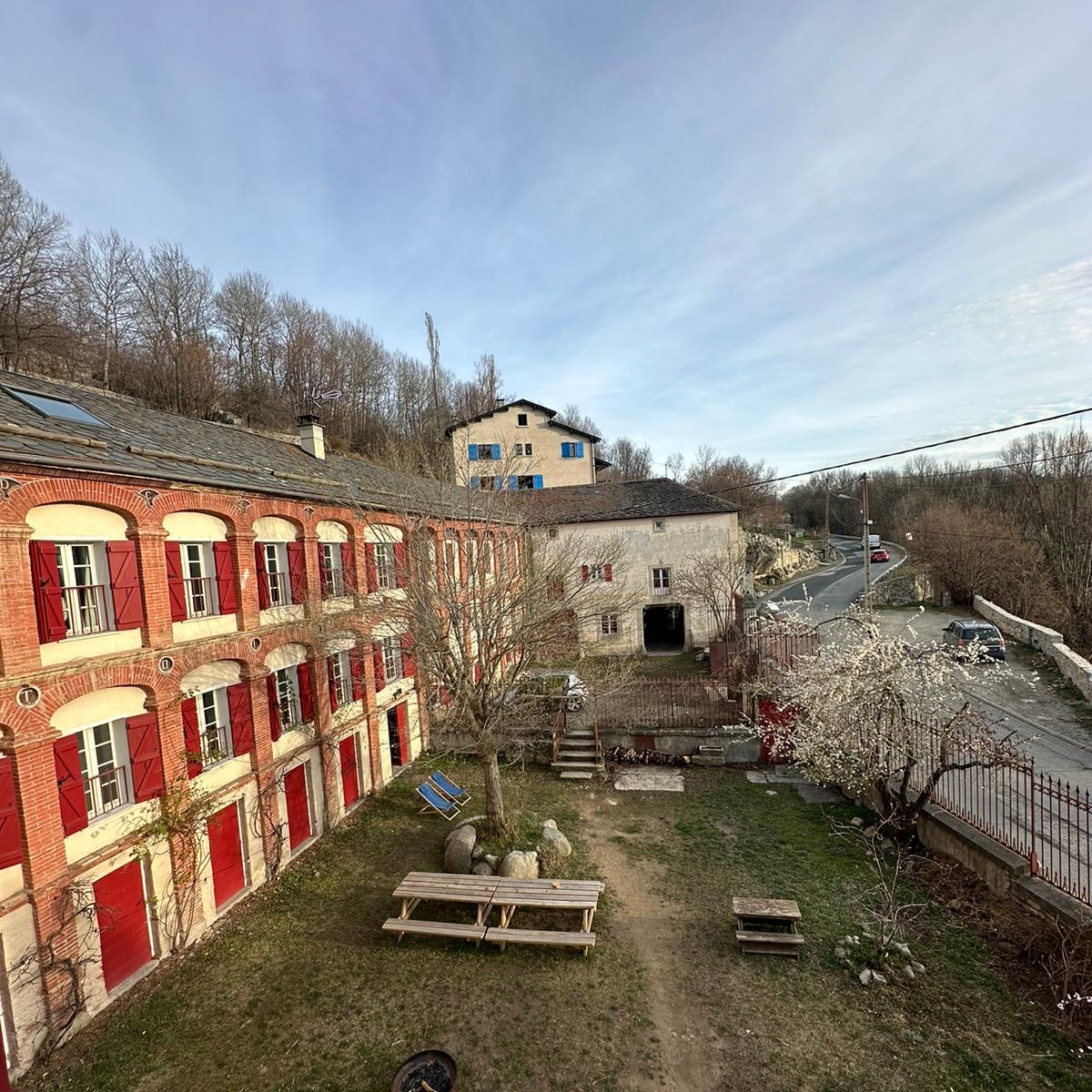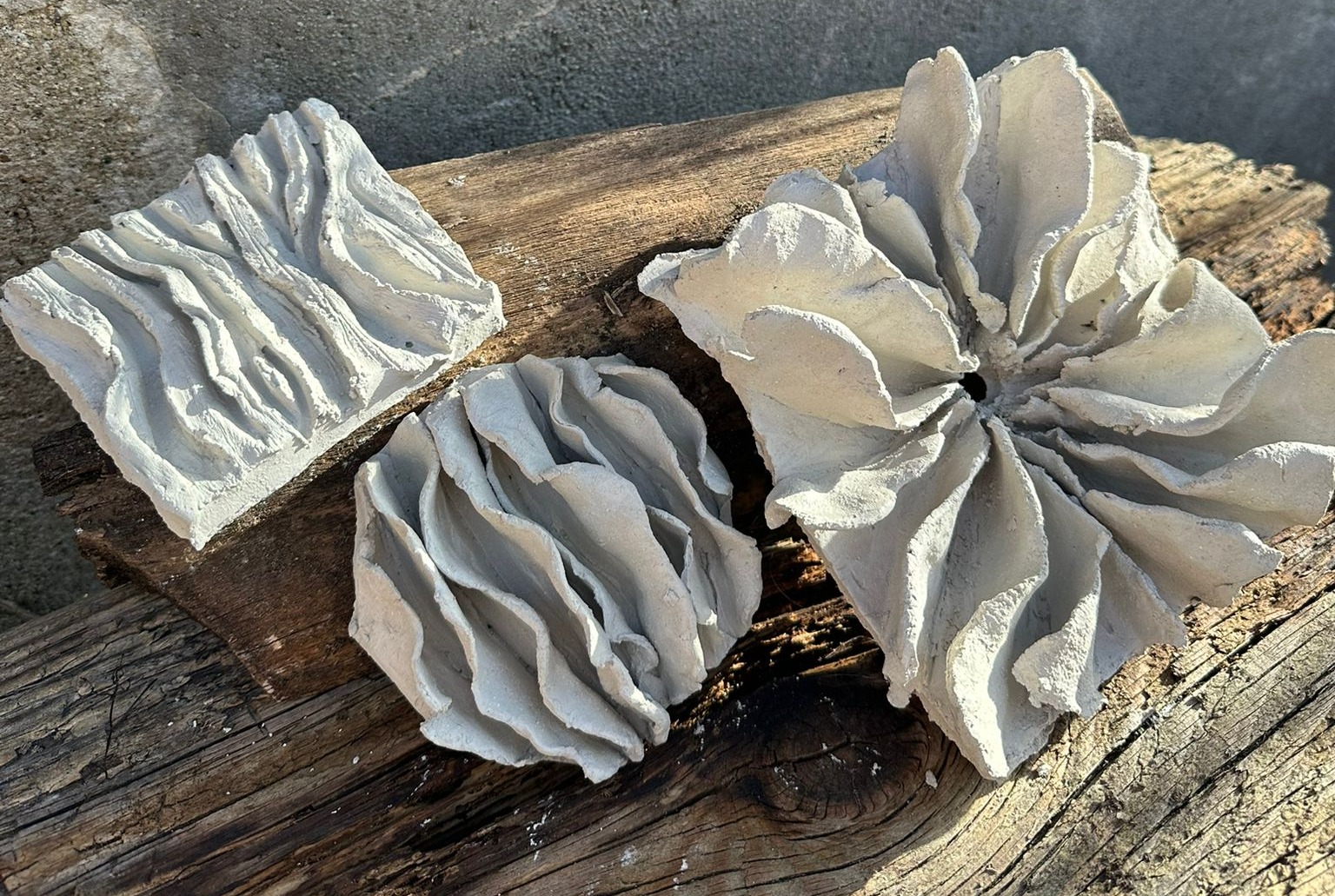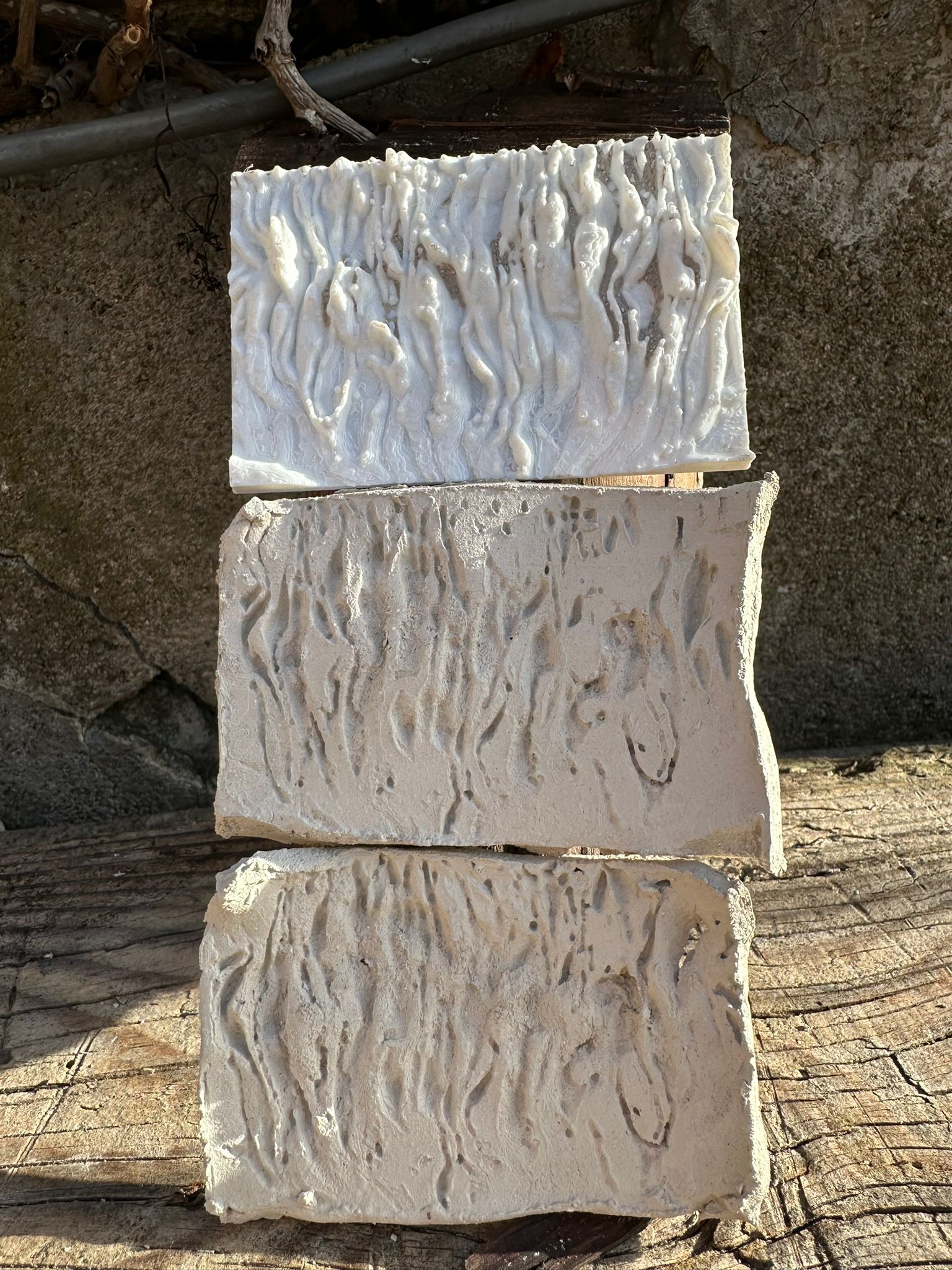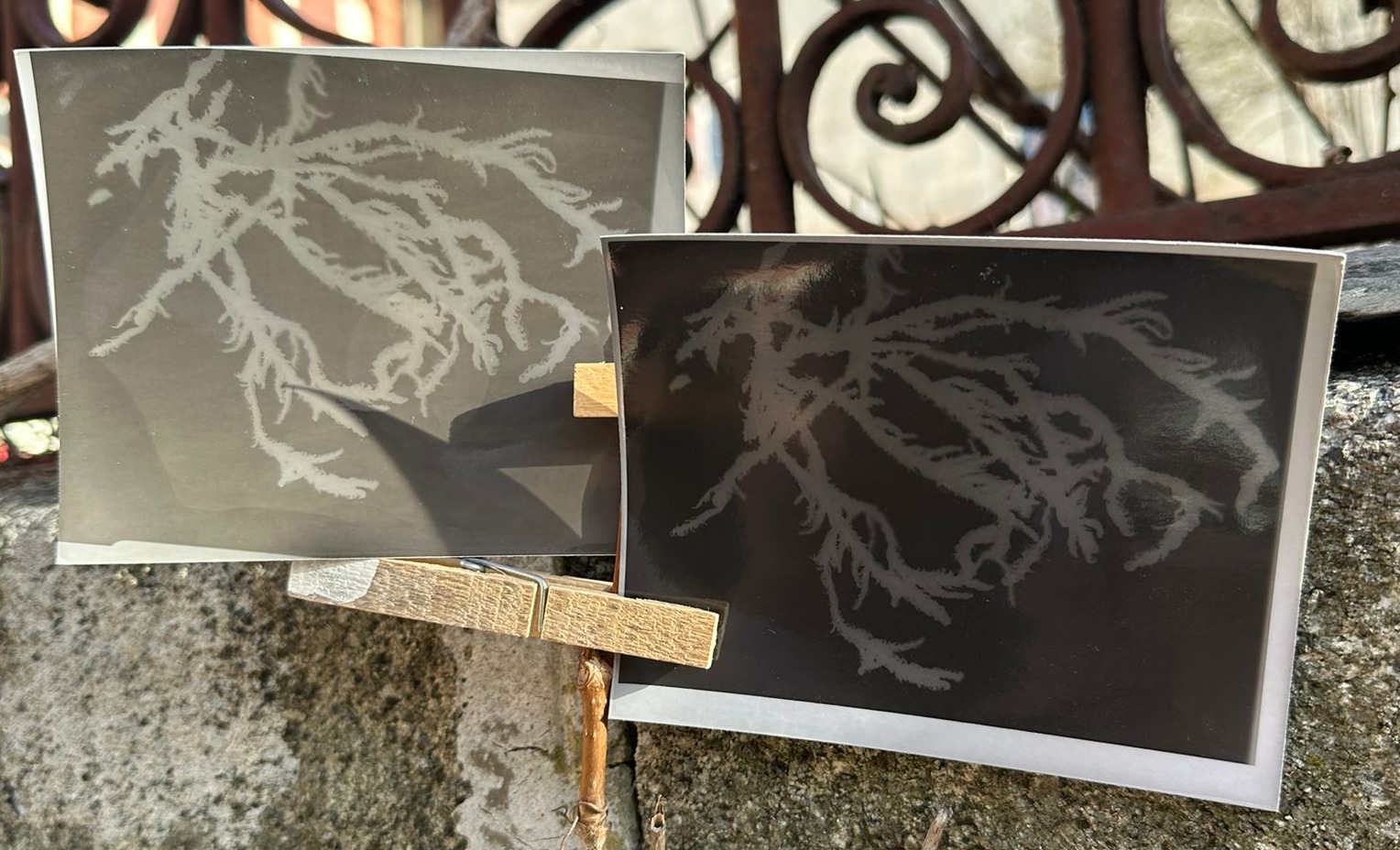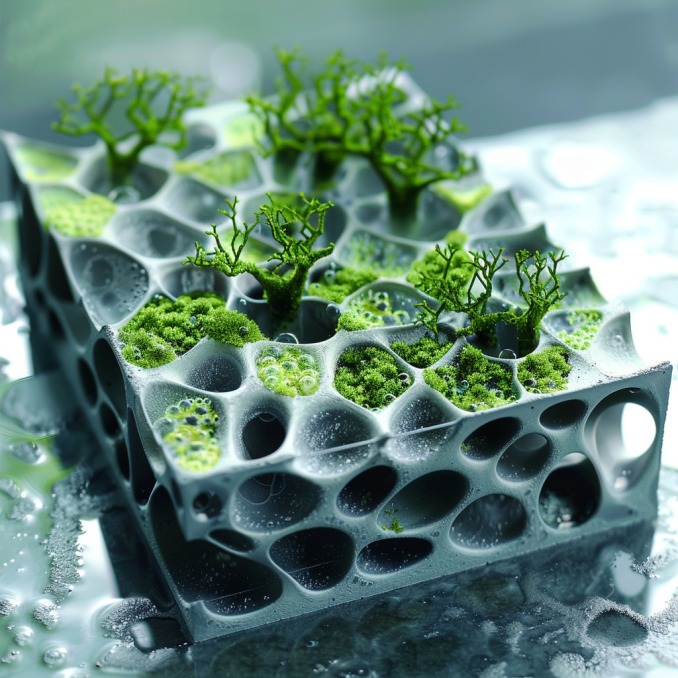Experimenting with Different Methods
During my research, I tried out different methods and ideas because I believed that the problem I was working on could be looked at from many angles. I read up on how to collect water and found out that things like the shape of leaves and how much space they cover can make a big difference. One thing I did was make ceramic tiles that looked like mushroom gills to catch water. I also used fancy technology to make models based on nature, like 3D printing shapes that reminded me of plants. Although the results looked good, I had to make some changes to make sure they worked well for collecting water. Then, I tried something different by taking close-up pictures of moss to see how it's built. Even though the pictures weren't super detailed, they helped me understand how moss grows and how we can use that in the future. All these different things I tried helped me see how we can make designs that are good for the environment.

